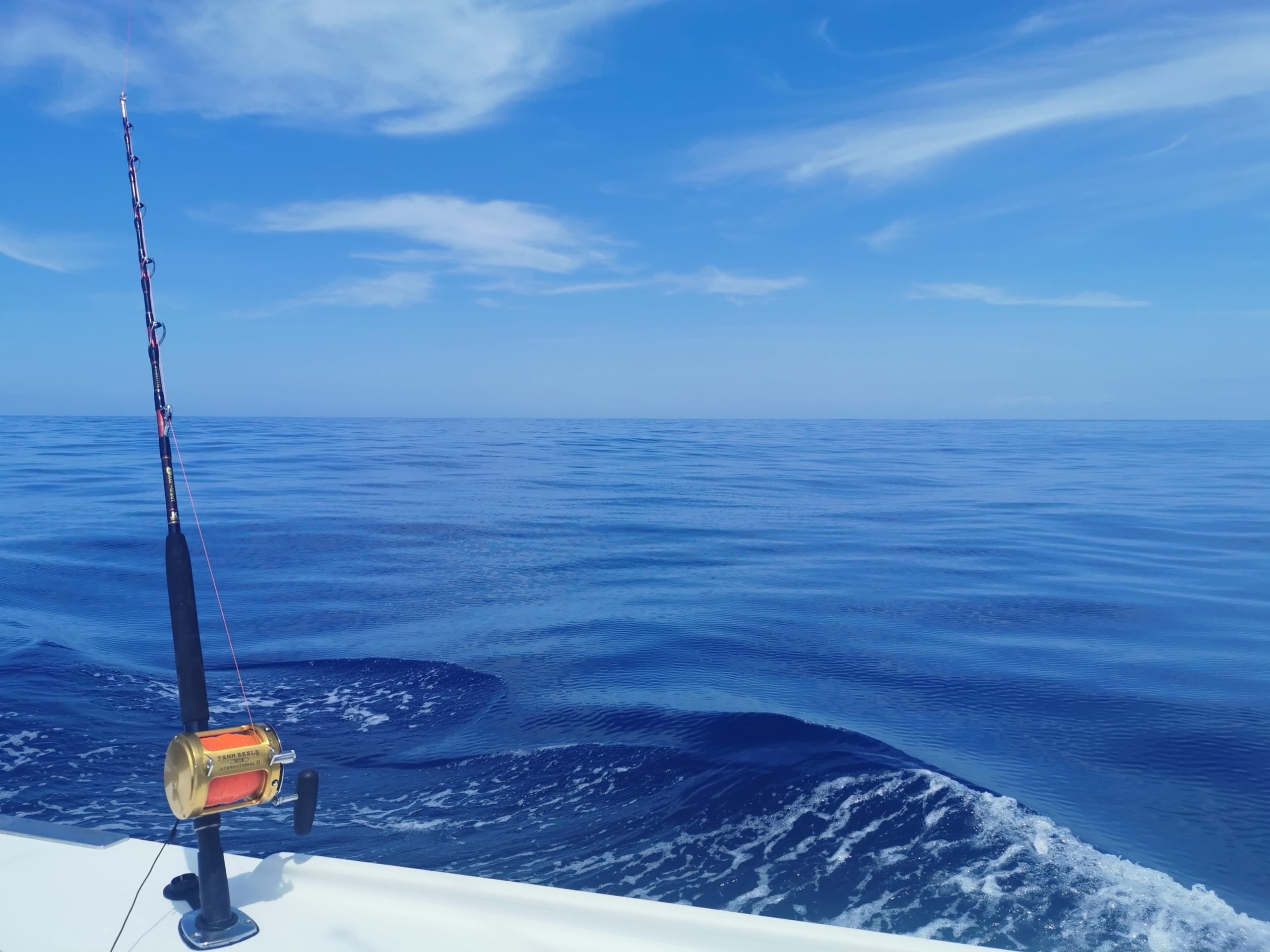A ban on snapper fishing during spawning season is often promoted as a way of allowing more fish to spawn, providing more eggs in the water and more fish in the future. While it seems like the right thing to do there is no agreed view from the experts on whether this strategy would work or what months a ban should apply given that spawning can extend from October to March.
Before any change the objective for implementing a closure needs to be clear. Is the objective to reduce fishing effort just during spawning? Or is there concern about the year-round fishing effort or total catch? Or is the concern more about commercial methods?
Other questions need to be addressed too, including who would the closure apply to? Where could you fish in the Hauraki Gulf during spring and avoid snapper? Would we need to close the whole Gulf to all fishing? Would pressure go on more vulnerable species such as trevally and kingfish? And many more questions.
Current science is inconclusive, but there is evidence to support a precautionary approach, including leaving spawning aggregations to do their thing without fishing disturbance.
At the very least, removing bottom contact fishing methods like trawling, from inshore waters to protect the habitat for the early, critical life stages of snapper is long overdue. This stance fits with LegaSea’s Manifesto policy to remove industrial fishing from inshore waters.
What follows is an extract from the Ministry’s Plenary report. This extract provides some details of important areas for snapper spawning.
Spawning disruption
Fishing within aggregations of spawning fish may have the potential to disrupt spawning behaviour and, for some fishing methods or species, may lead to reduced spawning success. No research has been conducted on disruption of snapper spawning, but aggregations of spawning snapper often receive high commercial and recreational fishing effort (Ministry for Primary Industries unpublished data). Areas likely to be important for snapper spawning include the Hauraki Gulf (Cradock Channel), Coromandel Harbour to the Firth of Thames, and between the Noises, Tiritiri Matangi and Kawau Islands (Zeldis & Francis 1998)), Rangaunu and Doubtless Bay, the Bay of Islands, eastern Bay of Plenty, and the coastal areas adjacent to the harbour mouths on the west coast such as the Manukau and Kaipara Harbours (Hurst et al 2000).
Extract: Ministry for Primary Industries (2015). Fisheries Assessment Plenary, May 2015: Stock assessments and stock status. Compiled by the Fisheries Science Group, Ministry for Primary Industries, Wellington, New Zealand. 1475 p.


